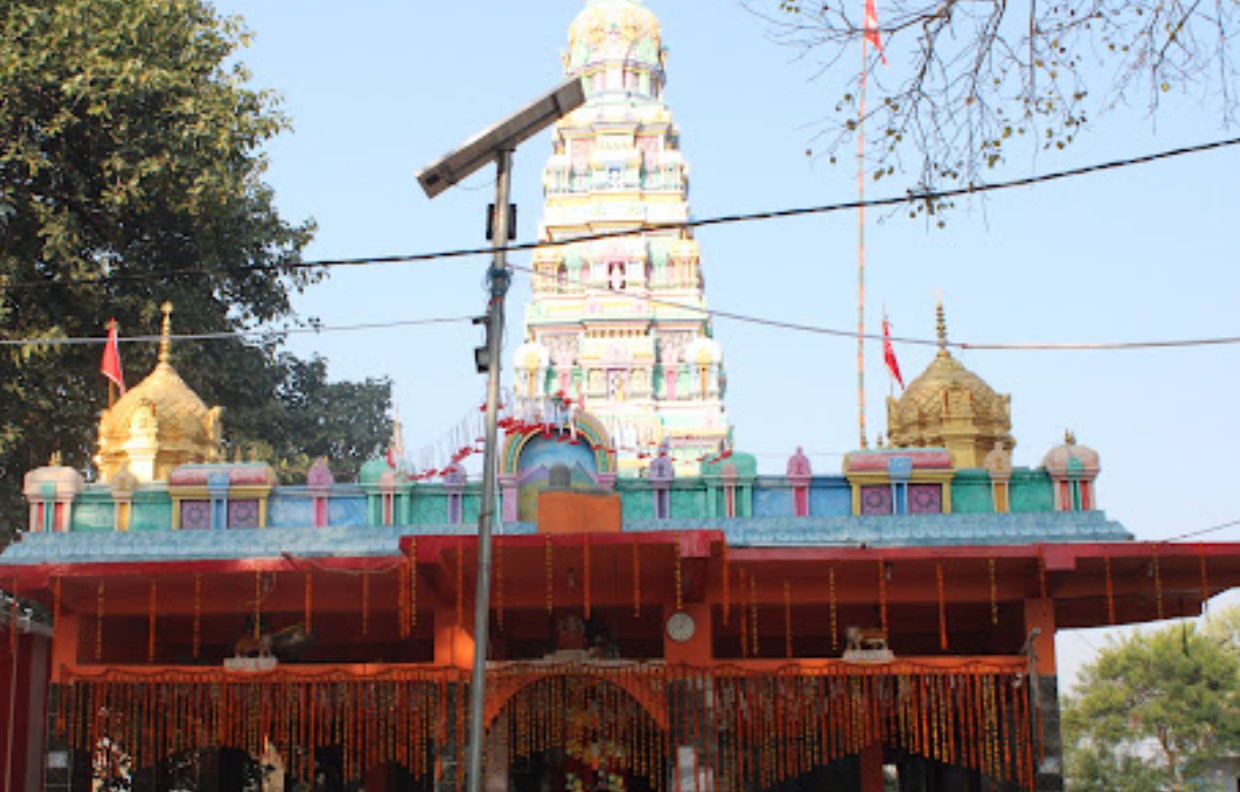Significance of Koteshwarnath Temple in Hindu Mythology

Koteshwarnath Temple, nestled in the spiritual heart of Gaya, Bihar, stands as a beacon of Hindu spirituality and mythological heritage. This ancient temple holds profound significance in Hindu mythology, drawing pilgrims and devotees seeking divine blessings and spiritual enlightenment. Let’s explore the rich tapestry of its history, mythological connections, rituals, cultural impact, and enduring legacy that make Koteshwarnath Temple a revered pilgrimage destination.
Historical Background
Koteshwarnath Temple traces its origins to ancient times, steeped in the annals of Hindu mythology and historical narratives. According to legend, the temple is believed to have been established during the Treta Yuga, the era of Lord Rama’s reign. It is said that Lord Rama, along with his wife Sita and brother Lakshmana, visited Gaya during their exile and worshipped Lord Shiva at this very spot. The temple thus became sanctified as a place where the divine presence of Lord Shiva, in his form as Koteshwar (the supreme lord of crores of gods), resides eternally.
Mythological Significance
Koteshwarnath Temple is revered as a sacred abode of Lord Shiva, one of the principal deities in Hinduism. Lord Shiva, also known as Mahadeva (the great god), is worshipped here in his aspect as Koteshwar, symbolizing his omnipotence and cosmic significance. Devotees believe that offering prayers and performing rituals at Koteshwarnath Temple can bestow divine blessings, spiritual growth, and fulfillment of desires. The temple’s mythological roots underscore its role as a spiritual powerhouse where the divine energies of Lord Shiva permeate the sanctified grounds.
Architectural Marvels
The architecture of Koteshwarnath Temple reflects traditional Hindu temple design, characterized by its ornate carvings, majestic spire (shikhara), and intricate sculptures depicting various mythological motifs. The temple complex includes a sanctum sanctorum (garbhagriha) where the main deity of Lord Koteshwar resides, along with mandapas (pillared halls) for rituals and congregational gatherings. The serene ambiance and spiritual resonance of the temple attract devotees and tourists alike, offering a glimpse into ancient architectural finesse and religious fervor.
Rituals and Practices
Devotees visiting Koteshwarnath Temple engage in various rituals and practices aimed at seeking divine grace and spiritual upliftment. Daily offerings of flowers, incense, and sacred lamps (deepam) are made to Lord Shiva, accompanied by the chanting of Vedic hymns and mantras. Special rituals such as abhishekam (ritual bathing of the deity), archana (offering of prayers), and aarti (ceremonial worship with lamps) are performed with devotion and reverence. These rituals not only sanctify the temple environment but also foster a deep spiritual connection with the divine.
Cultural Impact and Festivals
Koteshwarnath Temple serves as a cultural hub where religious festivals and spiritual gatherings are celebrated with great fervor. Maha Shivaratri, the Great Night of Shiva, holds special significance, attracting thousands of devotees who observe night-long vigils and participate in religious rituals. Other festivals such as Shravan Month (dedicated to Lord Shiva) and Navaratri (nine nights dedicated to Goddess Durga) are also observed with enthusiasm, reflecting the temple’s role in promoting cultural heritage and fostering community unity.
Spiritual Benefits and Beliefs
The significance of Koteshwarnath Temple extends beyond its architectural splendor and cultural festivities. Devotees believe that worshipping Lord Koteshwar at this sacred site can purify one’s soul, remove obstacles in life’s path, and bestow blessings for spiritual evolution. The temple’s serene surroundings and divine vibrations create an atmosphere conducive to introspection, meditation, and communion with the divine, making it a sought-after destination for seekers of inner peace and spiritual enlightenment.
Visiting Koteshwarnath Temple: Travel Tips and Etiquette
For pilgrims planning a visit to Koteshwarnath Temple, it is advisable to adhere to local customs and rituals. Modest attire is typically recommended out of respect for the sanctity of the place. Gaya offers a range of accommodations to suit various budgets, ensuring a comfortable stay for visitors. Local cuisine, especially traditional vegetarian dishes, adds to the cultural experience of the pilgrimage journey, complementing the spiritual ambiance of the temple.
Conclusion
In conclusion, Koteshwarnath Temple in Gaya stands as a testament to the enduring legacy of Hindu mythology and spiritual devotion. Its historical significance, architectural grandeur, and mythological resonance make it a cherished pilgrimage destination for devotees seeking divine blessings and spiritual rejuvenation. Whether you visit for religious reverence, cultural exploration, or personal introspection, Koteshwarnath Temple promises a transformative experience that resonates with the timeless wisdom of Lord Shiva.
